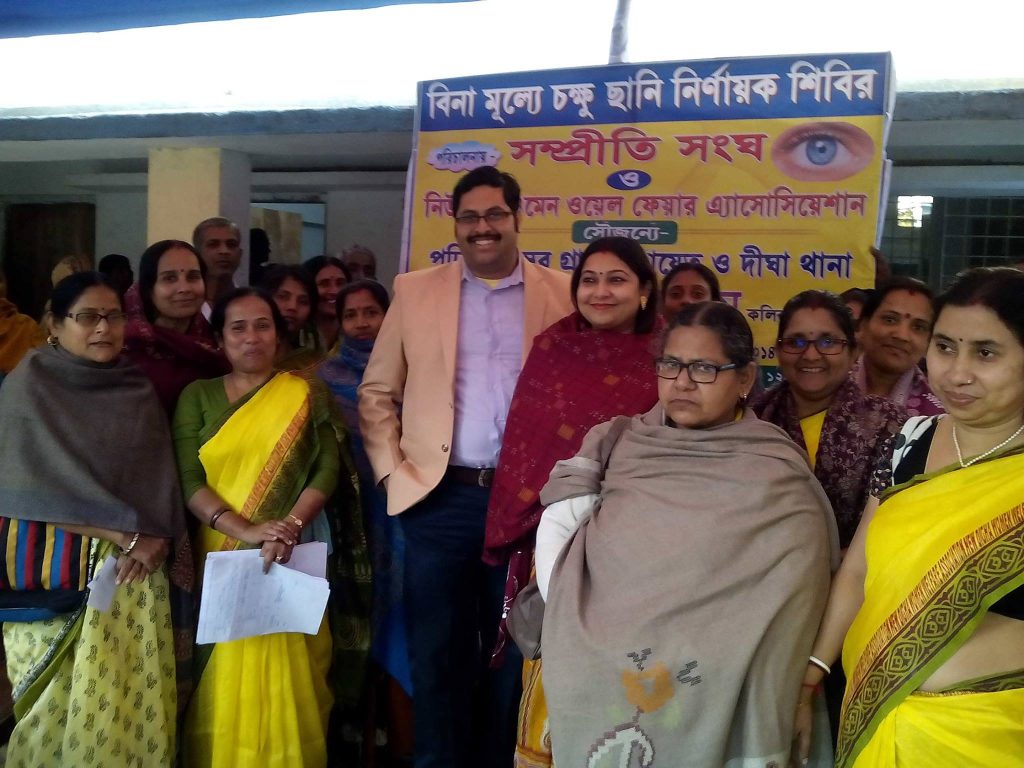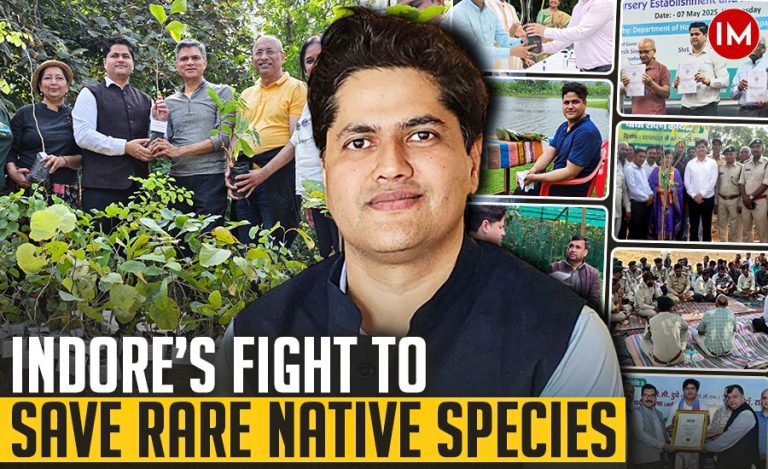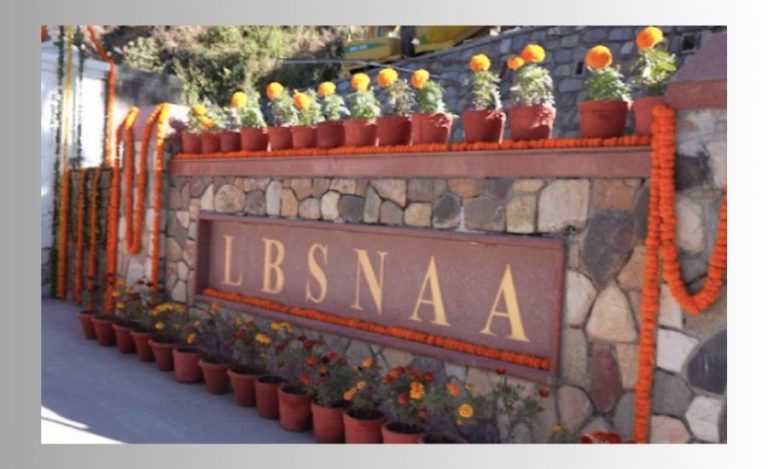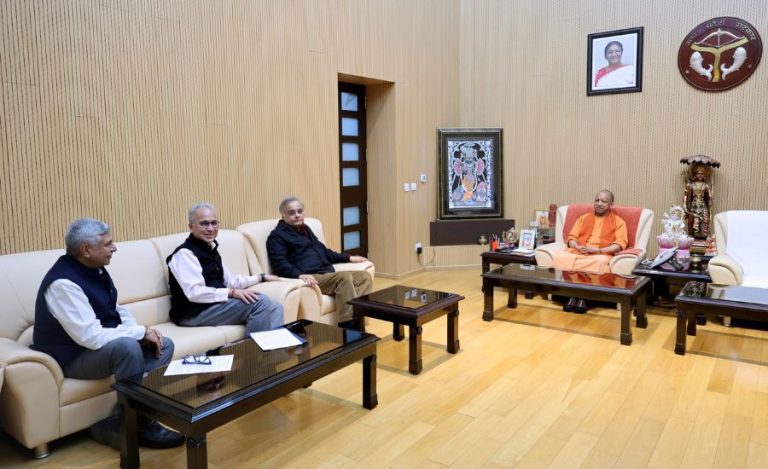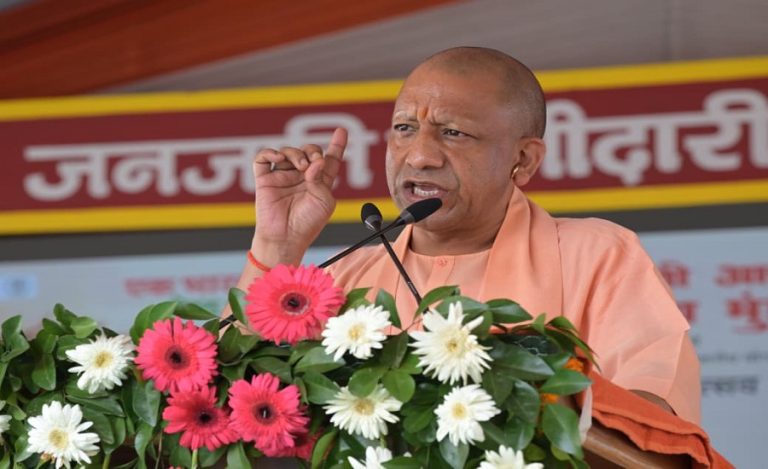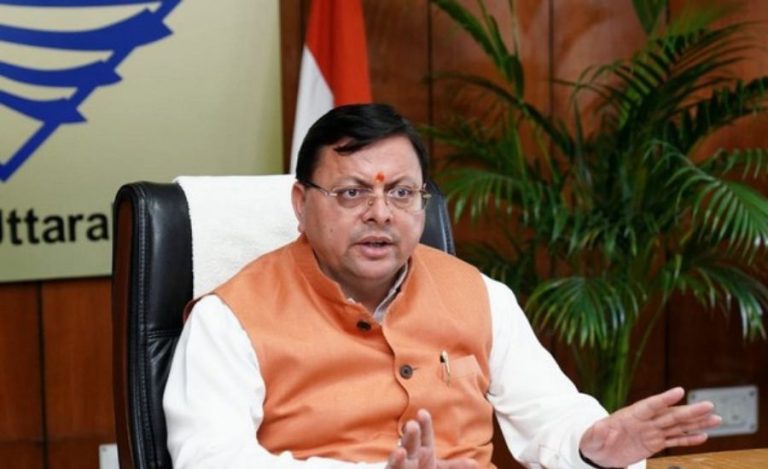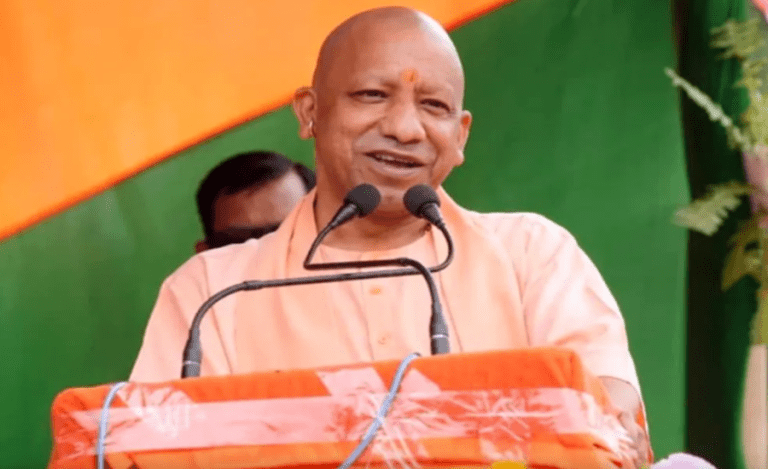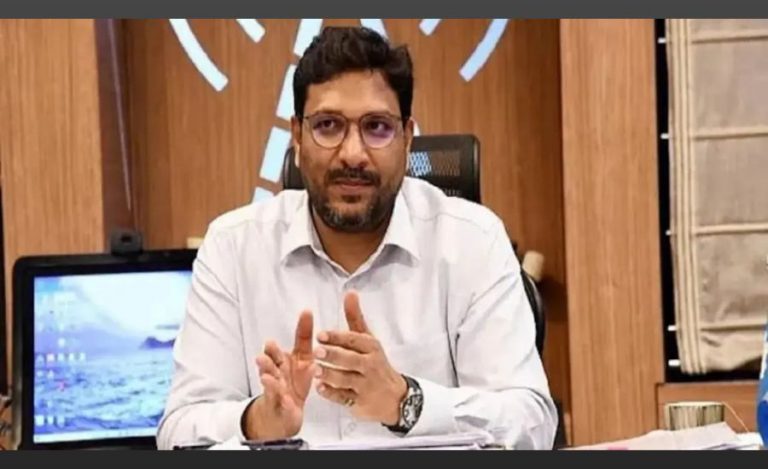Beautiful to look at, but sitting atop a ticking environmental time-bomb, the Ramnagar 1 region of West Bengal has always been one of the many preferred locations for tourists. But too much of a good thing can be bad for the system, as it happened for Ramnagar. Rampant unauthorised constructions, cutting down of mangrove trees to make way for hotels, unchecked motor sports and frightening dwindling of precious red crabs were some of the clear signals that all was not well here.
But that was until the West bengal Civil Service(Exe), Mr Tomojit Chakraborty, took over the affairs of Ramnagar. When he arrived on the scene, the area was on the verge of ecological collapse.

In 2012, Mr. Tomojeet Chakraborty arrived in Ramnagar as its Block Development officer. If not for him, Ramnagar might stillbe struggling to survive. The officer identified the major problems affecting the ecology in the region and took timely- and often harsh- steps without wasting time. It was due to his efforts that Ramnagar 1 has revived its flora & fauna and got its charm back as a point for coastal tourism.
In an exclusive interaction with Indian Masterminds, Mr Chakraborty shared his experiences which led to the turnaround in Ramnagar’s prospects.
Great potential for tourism
“When I reached there,’’ said Mr Chakraborty, “I realized that this area had great potential for developing tourism. Digha which is situated in Ramnagar – 1 jurisdiction was already a flourishing center for coastal tourism from the British times. The same could be done for the whole area but the disturbance in the ecology was major problem there”.

So, he identified the two major problem there. First was regarding the destruction of ecology in unauthorized manner. The government was already concerned about it and had issued several declarations in order to prevent the destruction of greenery. However, there are always people woith scant regard for following the norms. Therefore, despite regulations, construction activities continued at many .
The second problem was the after effects of unauthorized construction, due to which the ecology was affected, as also the livelihood of the people living there. The unique species `red crabs’, a njor tourist attraction, were getting hard to sight and moreover, local people were moving away from their traditional jobs like fishery.
Visited the villagers with family
Mr. Chakraborty says that for a sustainable development,the role of community is more important rather that administration taking the forefront . Community should always be the driver for sustainable development. With this thought Mr. Chakraborty visited the adjacent villages and wives of fishermen with his family. He told the villagers how they are suffering because of these encroachers. “We made them realise that the administration is there to help but they have to give the lending hands”, he said.
Mission Red Crab

Mr Chakraborty’s efforts started paying off after some time. The local people came forward to guard the beaches. They even stood guard against activities like unauthorised racing and constructions. This initiative was called mission ‘Red crabs’. The then District magistrate also came forward to help, and issued an order for prohibitions of all those activities that were affecting the ecology of the area.
The combined efforts finally showed results. The crabs started breeding again and ecology was also restored to great extent. To carry home the point, Mr. Chakraborty invoked the West Bengal Panchayat Act of 1973 and issued show cause notices to the four hotels which were allegedly build illegally in the area. He stood against the hoteliers and finally all the illegal constructions were demolished.
Mr Chakraborty is at present posted in Paschim Bardhaman as the District Panchayats & Rural Development Officer (a senior executive magistrate rank). The second story on him will follow soon.

